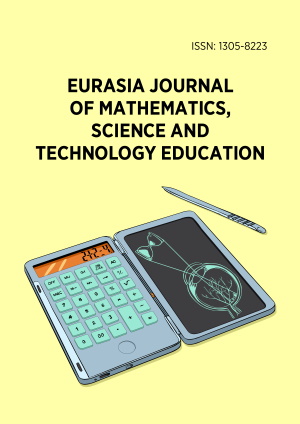Abstract
This scoping study synthesizes recent developments in artificial intelligence in education (AIEd), addressing knowledge structures, research priorities, learning theories, ethical considerations, and impact evaluation. A bibliometric analysis of 31 review articles (2019-2023) indexed in Scopus (Social Sciences) was conducted using VOSviewer and complementary statistical methods. The corpus is concentrated in the United Kingdom, Hong Kong, China, Germany, the United States, and Taiwan, with Asian countries accounting for 48.4%. Multidisciplinary journals attract 4.4 times more citations than education-only outlets. Findings indicate a marked rise in AIEd research, primarily led by education-affiliated scholars, yet often lacking robust pedagogical grounding and systematic impact assessment. The prevalence of small samples, limited quantitative rigor, and inconsistent contextual reporting constrain generalizability and inference. To enhance educational relevance and fairness, the field should be anchored in pedagogical frameworks and advanced through collaborative efforts that build stronger theories, methods, and practices responsive to diverse educational needs.
License
This is an open access article distributed under the Creative Commons Attribution License which permits unrestricted use, distribution, and reproduction in any medium, provided the original work is properly cited.
Article Type: Review Article
EURASIA J Math Sci Tech Ed, Volume 21, Issue 11, November 2025, Article No: em2731
https://doi.org/10.29333/ejmste/17344
Publication date: 01 Nov 2025
Online publication date: 27 Oct 2025
Article Views: 872
Article Downloads: 1586
Open Access References How to cite this article
 Full Text (PDF)
Full Text (PDF)